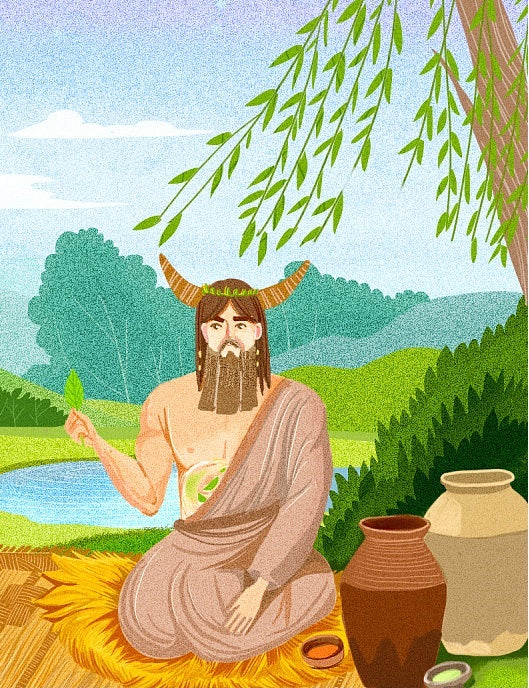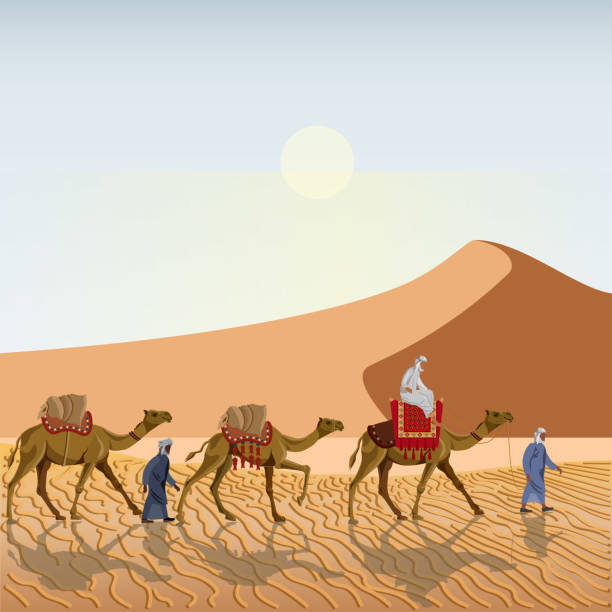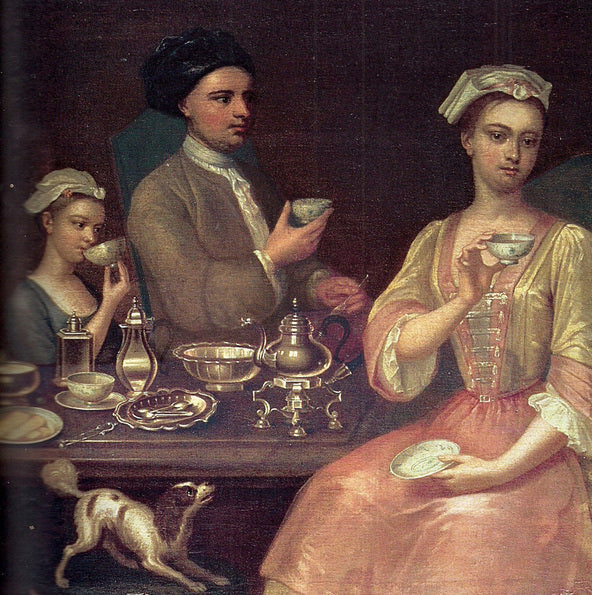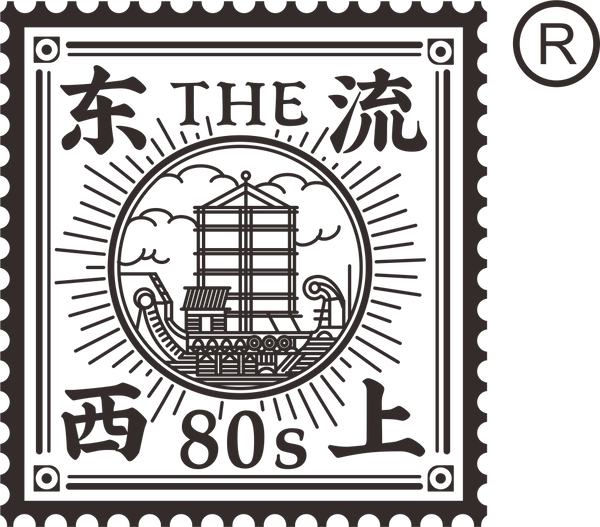The History of Tea
"The history of tea is complex, rich and colorful as the number of tea servings consumed over the past three thousand years"
The Art and Craft of Tea, Joseph Wesley Uhl

When tea was born
About 5000 years ago, a Chinese Inventor of farming and herbal medication, named Shennong, was tasting plants and looking for herbs that could heal different diseases. One day, after trying 72 types of poisonous herbs in one go, his tongue started to feel numb and his body was burning hot. While sitting under a tree resting, a piece of leaf blew into his mouth. He chewed on it and noticed the changes in his body. He felt refreshed, stimulated, and full of vigour. He named the leaf “Tea” as it had cleaned up the poison in his body. He started to use it to treat different types of diseases and pandemics afterwards. Tea was born and become one of the most popular beverages.

Tea Currency
In the early 12th century, tea was the Chinese currency for trade on the Ancient Silk Road. This road linked China to the world. Camels were the main method of transportation for exclusively produced silk textiles, porcelain and tea. Tea was delivered from China to Central Asian countries and further to European Countries by land. In 1384, 20kg of tea could trade for a superior horse.

Tea, the worldwide beverage
The Venetian explorer Marco Polo was one of the first Europeans to travel the Silk Road to China. He opened the West's eyes to a mysterious beverage far in an Eastern country that could keep up people's energy and could heal any kind of disease. He helped tea travel to Western countries. Tea, silk, and porcelain were the three luxury goods that were in extreme demand in Britain in the 18th century. Tea was popular that only certain ports in China were open for the trade of tea only.
